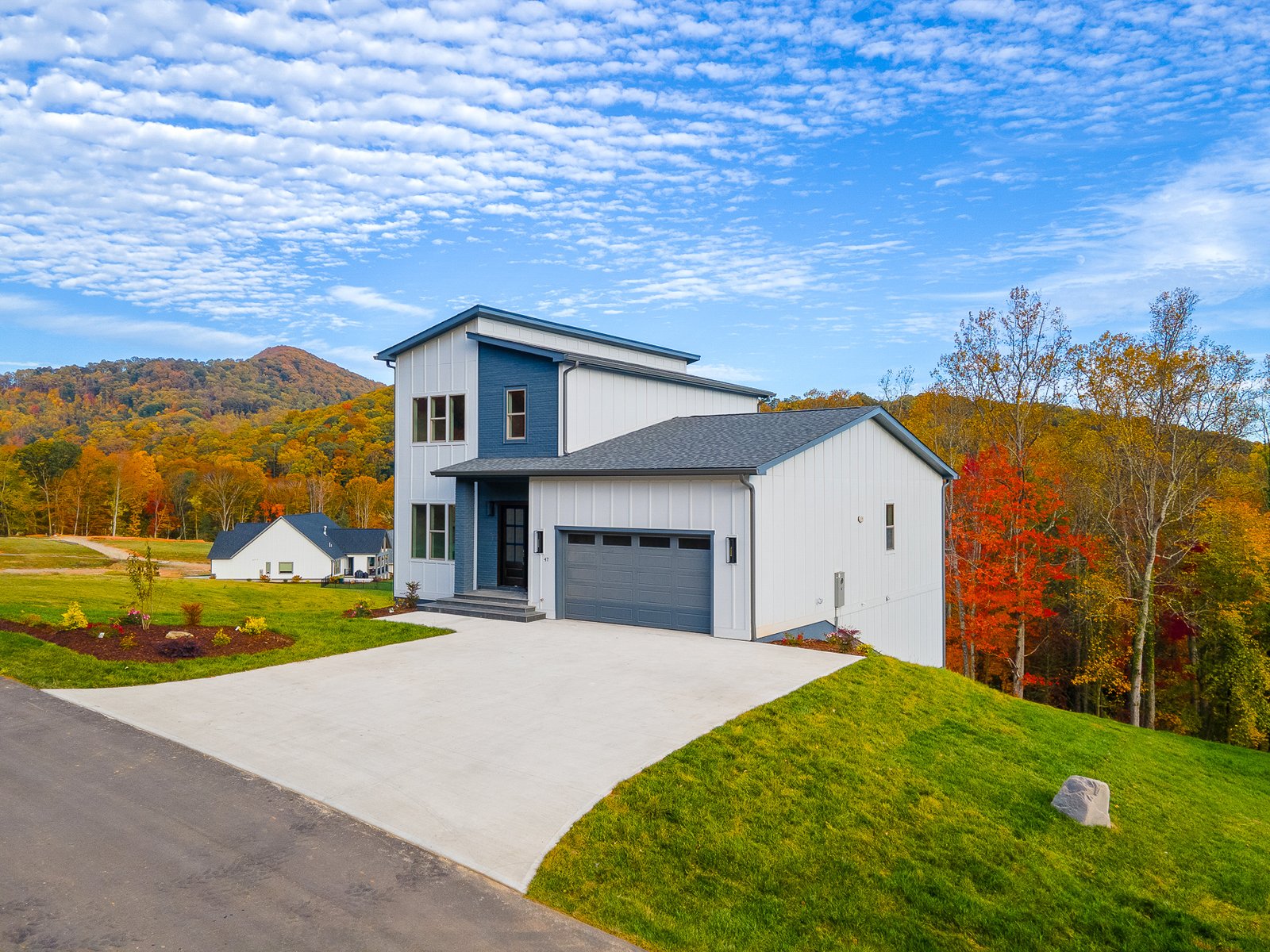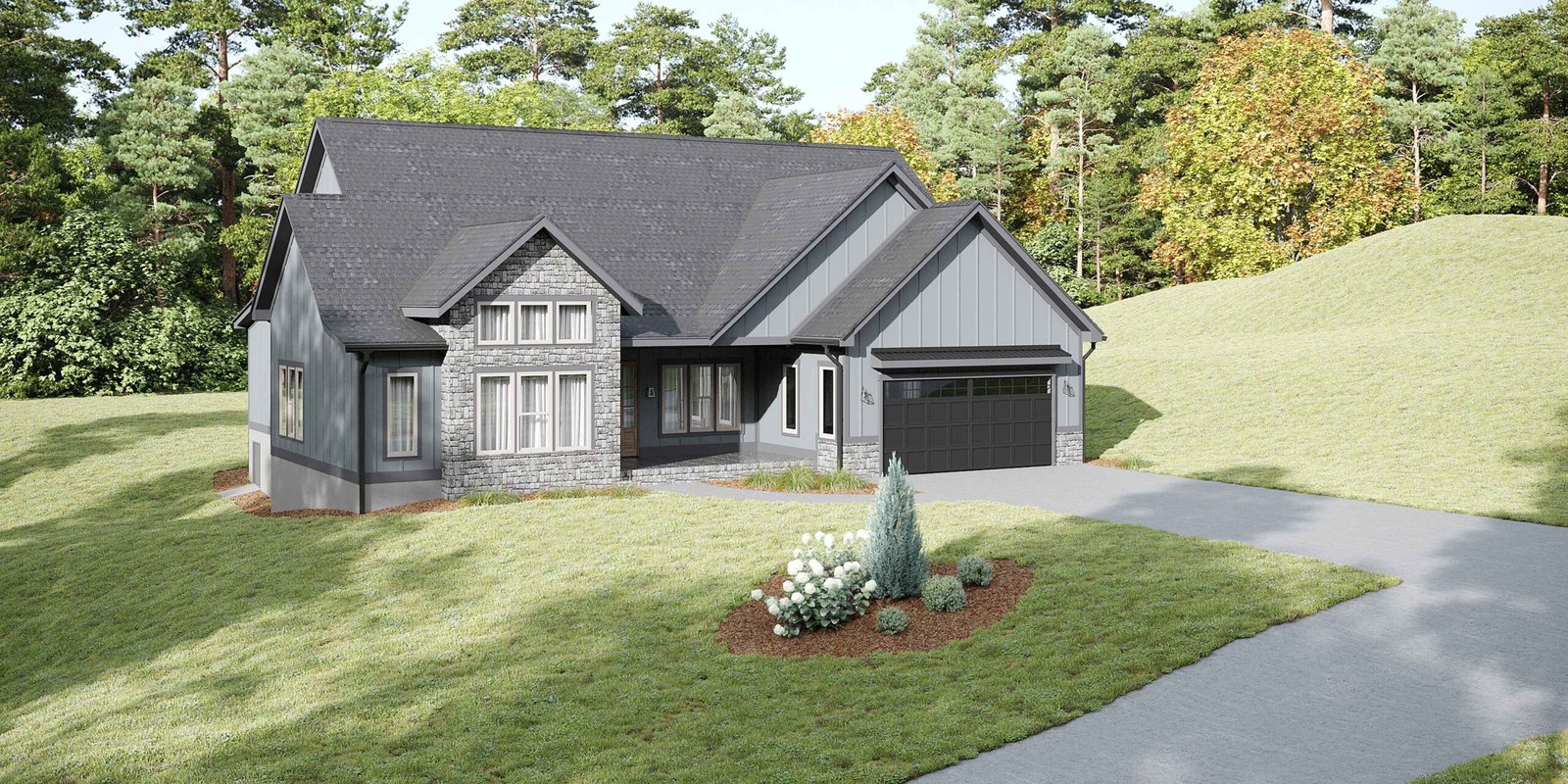The design of your home—especially its house plan—can significantly influence how you feel and interact within the space. At Big Hills House Plans, we understand the psychological impact of architectural design and strive to create luxury house plans that not only meet functional needs but also enhance the well-being of our clients. This article explores the relationship between house plans and mood, offering insight into how thoughtful design can promote happiness, comfort, and overall mental health.
Understanding the Psychology of Space
Space and Human Behavior
The layout of a home can profoundly affect the behaviors, emotions, and overall mental health of its inhabitants. Open house plans may encourage social interaction and a sense of community, while compartmentalized layouts can provide privacy and quiet spaces that many individuals need. Recognizing this, we design our luxury home house plans with an acute awareness of how spaces can shape experiences and moods.
Key Elements of Mood-Enhancing House Plans
Natural Light
Access to natural light is crucial for mental and physical health. It regulates our circadian rhythms, enhances productivity, and reduces the risk of depression. Our house house plans are strategically designed to maximize natural light, incorporating large windows, skylights, and orientations that capture the sun’s trajectory throughout the day.
Flow and Movement
The way a home’s layout directs movement can significantly impact daily routines and interactions. We focus on creating a seamless flow between spaces, facilitating ease of movement that reduces stress and improves usability. This consideration ensures that our house plans support a natural progression through the home, from public areas to more private spaces, enhancing comfort and reducing friction in daily activities.
Connection to Nature
Integrating outdoor living spaces into home designs has been shown to boost mood and health by providing direct access to nature. Whether it’s through garden views, indoor-outdoor connectivity, or courtyards, our house plans often include elements that blur the lines between indoor and outdoor living, encouraging relaxation and rejuvenation.
Color and Materials
The materials and colors used within a home can also affect mood. Natural materials like wood and stone can bring warmth and calm into a space, while bright colors might energize a room. Our design process includes selecting materials and palettes that reflect the desired emotional tone of each space within the home.
Customizing Spaces for Emotional Well-being
Tailoring to Individual Needs
At Big Hills, we believe that every client is unique, and so are their emotional and psychological needs. Our approach to custom home design involves a thorough consultation to understand these needs, allowing us to tailor house plans that enhance the homeowners’ daily lives. For instance, a writer might need a quiet, secluded study, while a large family might benefit more from an open-plan space that fosters interaction.
Flexibility for Future Changes
Life changes, and so can the needs of a space. Our house plans are designed with adaptability in mind, allowing for future modifications with minimal disruption. This flexibility can help ensure that the home continues to meet its residents’ needs, adapting to changes in family dynamics or personal circumstances.
Conclusion
At Big Hills House Plans, we understand that a house plan is not just a blueprint for a building but a foundation for everyday life. Our designs consider the deep connection between space and psychology, striving to create environments that enhance well-being and happiness. Explore our selection of thoughtfully designed luxury house plans and begin the journey toward a home that nurtures your mental and emotional health.



